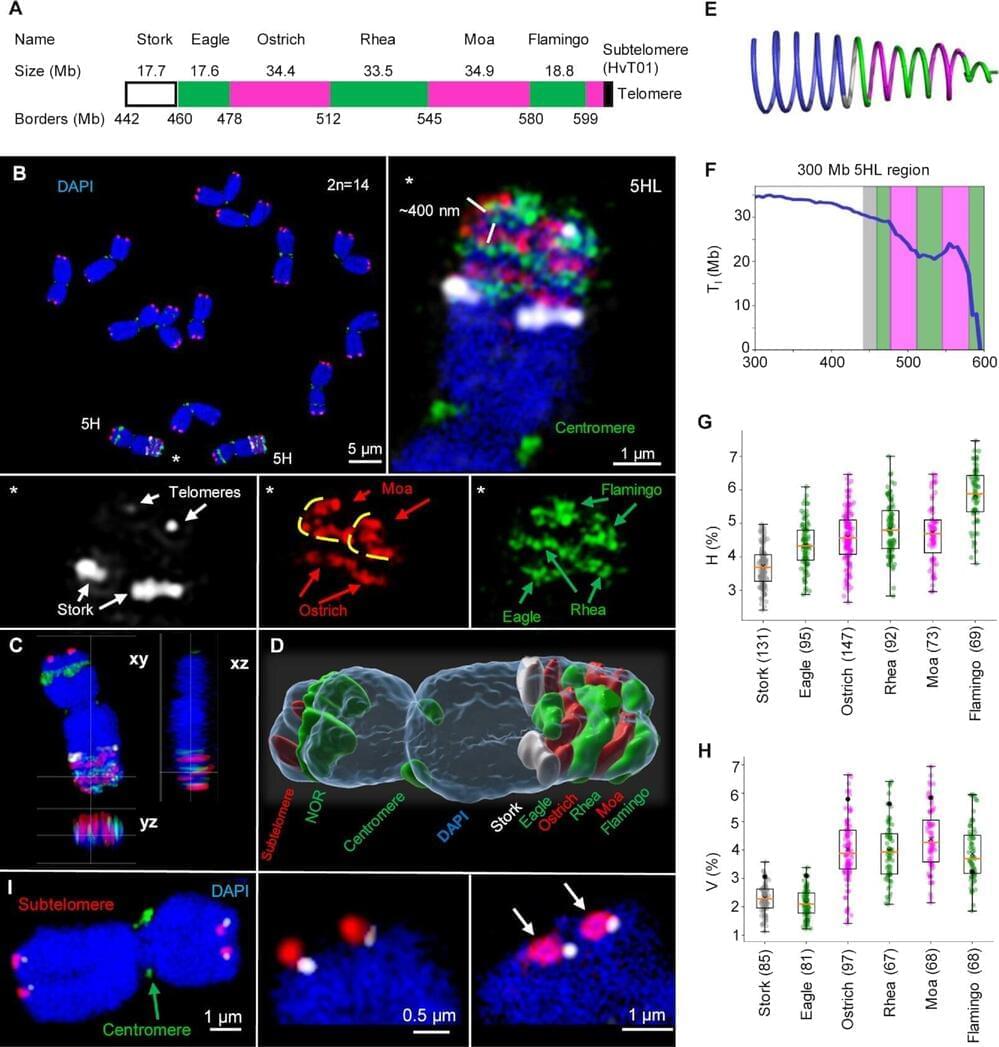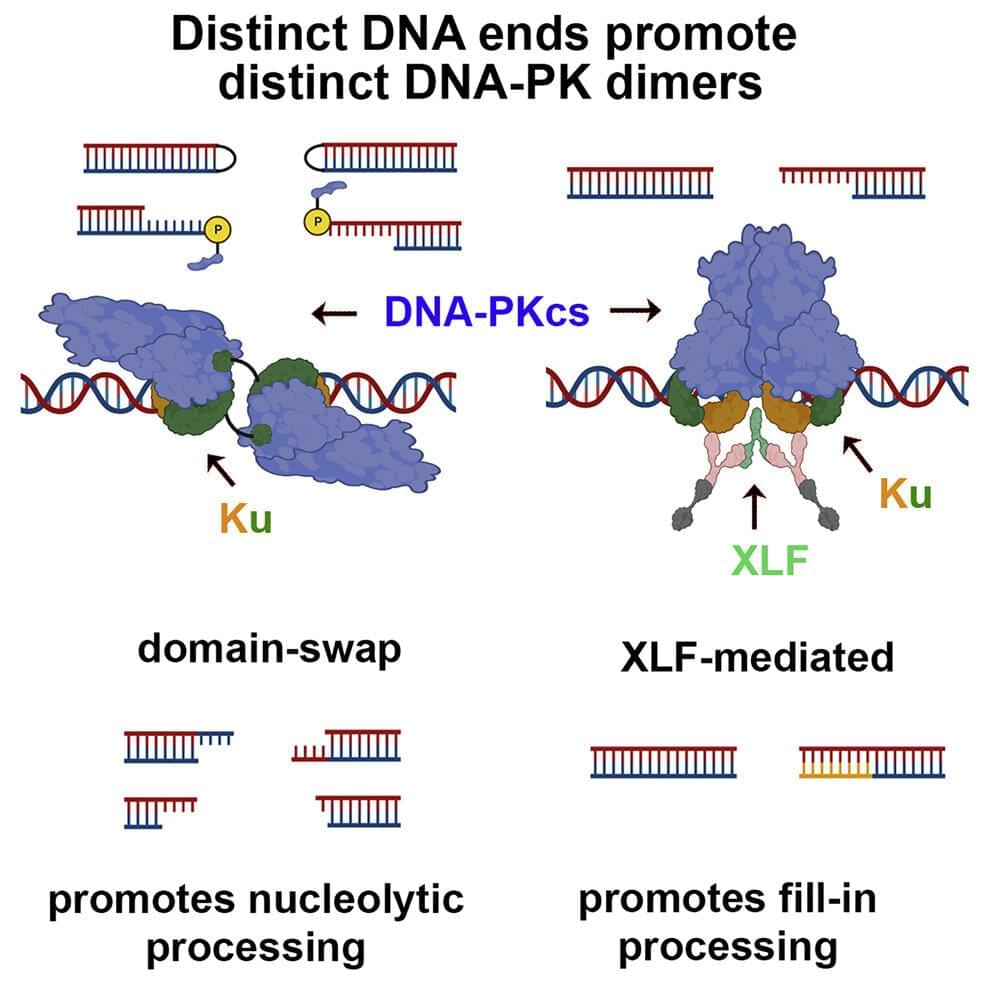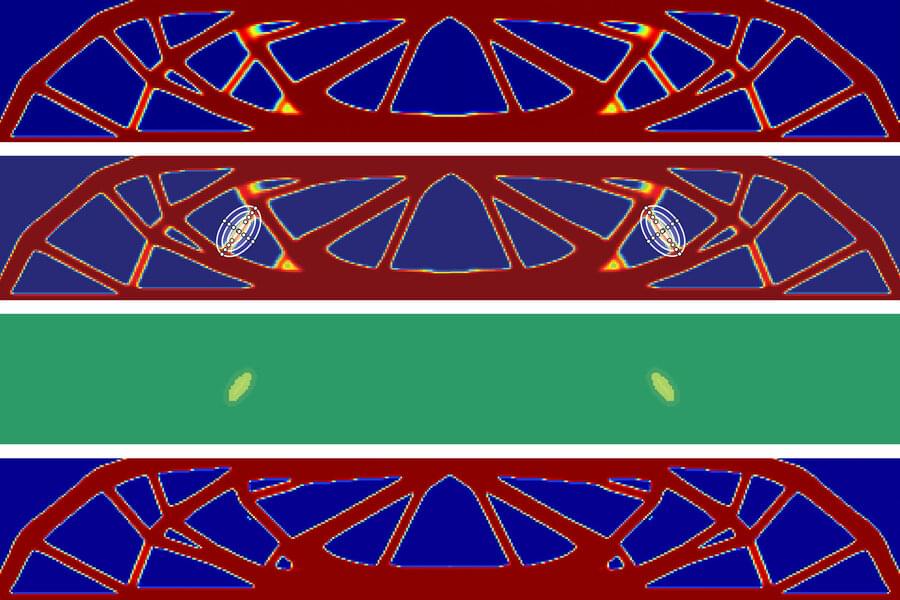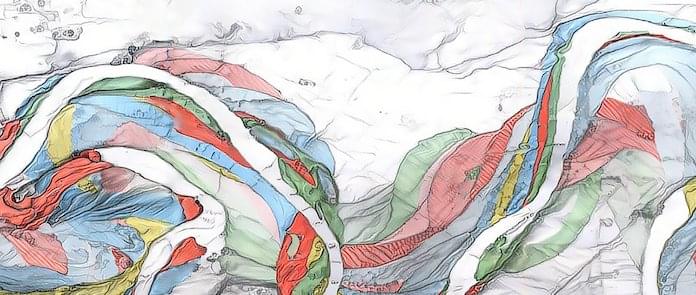Mar 3, 2023
NASA’s SpaceX Crew-6 Mission | Approach and Docking with ISS LIVE
Posted by Claudio Soprano in categories: robotics/AI, space travel
https://www.youtube.com/watch?v=h8H2r48Ljts
On Thursday, March 2 at 12:34 a.m. ET (12:34 UTC), Falcon 9 launched Dragon’s sixth operational human spaceflight mission (Crew-6) to the International Space Station from Launch Complex 39A (LC-39A) at NASA’s Kennedy Space Center in Florida. Following stage separation, Falcon 9’s first stage landed on the Just Read the Instructions droneship.
Dragon will autonomously dock with the space station on Friday, March 3 at approximately 12:43 a.m. ET (5:43 UTC). Follow Dragon and the crew’s flight below.
Continue reading “NASA’s SpaceX Crew-6 Mission | Approach and Docking with ISS LIVE” »


















